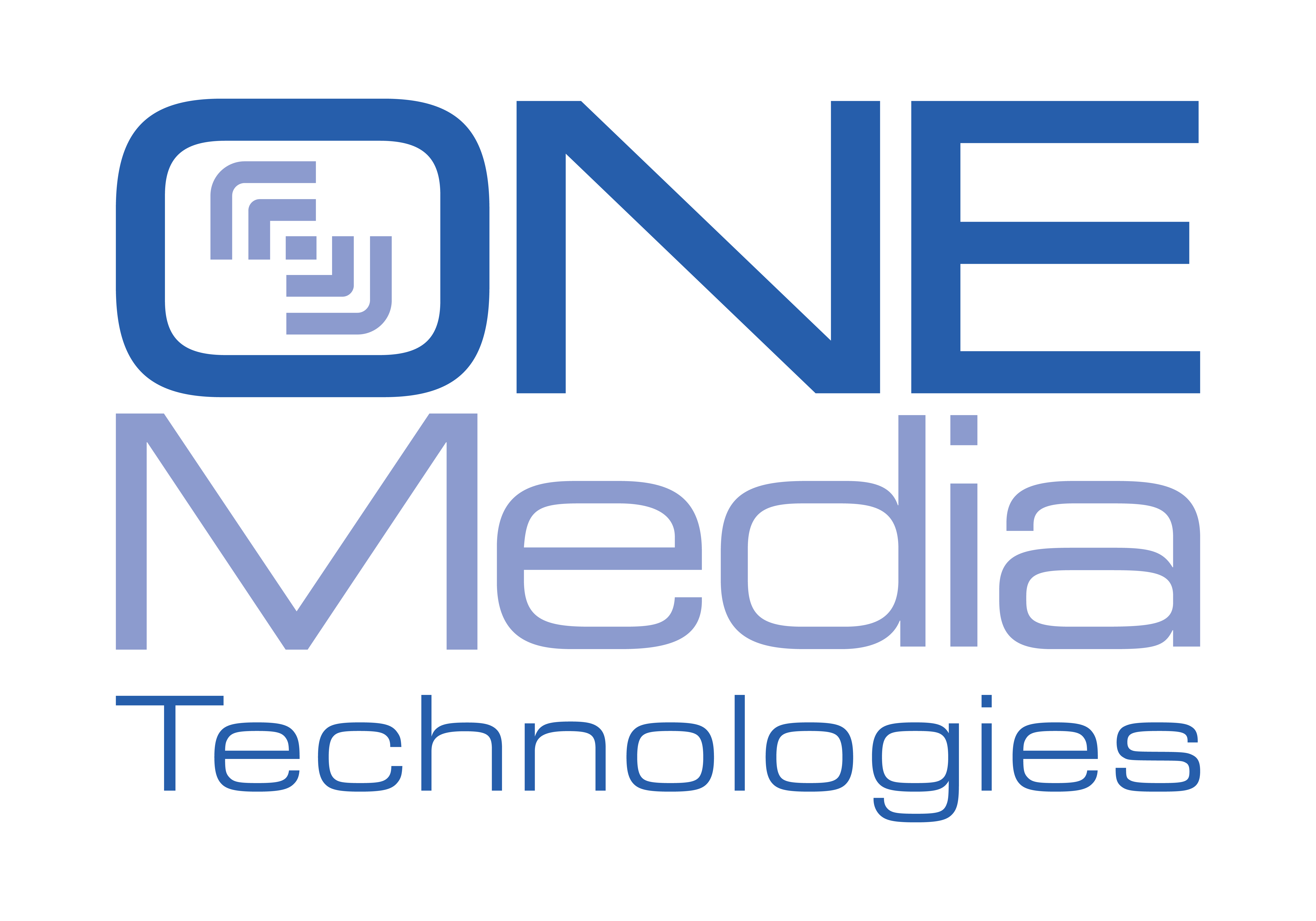by Deborah McAdams
Automobiles are becoming software-defined, wirelessly guided, self-driving, data consuming devices. Car makers are realizing these data-hungry transport pods will need more economical and robust mobile connections that won’t drop out and create road havoc.
“From the OEM side, automakers are relying on a number of types of connectivity they’re trying to weave all together,” said connected-car consultant Dan Teeter. “Some are a primary service for a feature, and some are a back-up service. NextGen Broadcast or ATSC 3.0 could act as either or both.”
There are three connected-car features where ATSC 3.0 high-speed data delivery is emerging as the most effective and efficient option: Infotainment, software updates and geolocation. Teeter, along with Sony’s Luke Fay; and Mark Aitken and Tony Rangel of Sinclair, outlined use cases for each in the second of a three-webinar series on ATSC 3.0 and connected cars, with cyber-auto research executive Alex Oyler presenting market-penetration data.
Globally, nearly three-quarters of the passenger cars sold in 2022 will have internet-type connectivity, “trending to 100 percent by the end of the decade,” according to Oyler, North America director for SBD Automotive.
DECONGESTING DATA DELIVERY
By 2030, nearly 1 million fully autonomous vehicles are expected to be on the road in the form of robotaxis, delivery trucks and public transportation. This digital automotive transition will need a “diverse set of enabling technologies,” Oyler said.
It’s increasingly evident that ATSC 3.0 is an ideal enabling technology. It can send one file to a million moving vehicles simultaneously versus sending the same file a million times to each vehicle.
“This is another wireless pipeline, purposefully designed for mobile. Its IP-based architecture allows inter-networking with cellular networks,” said Aitken, one of the ATSC 3.0 innovative pioneers. “It provides the ability to reach one-to-many across multiple platforms.”
With ATSC 3.0 now deployed across major metropolitan areas comprising 62 percent of the U.S. population and counting, efforts are underway by Sinclair and ONE Media 3.0 to build out a national Data Distribution as a Service (DDaaS) platform to orchestrate wireless data delivery on a national, regional or local scale, Aitken said.
USE CASE #1: INFOTAINMENT
Headrest TV is a thing. So much so that Sony Pictures and Hyundai are creating headrest TV content, among other things. It’s yet another way to reach eyeballs.
“People love to watch their games and if their favorite team is playing they’ll find a way to watch,” said Fay, senior manager of technology standards for the Sony Home Entertainment Solutions Division as well as chairman of the ATSC 3.0 development group TG3 with “extensive field experience testing ATSC 3.0.”
Fay gave a quick tutorial about parsing ATSC 3.0 for stationary and mobile media delivery. Fay tested dual operating modes demonstrating simultaneous reception of both. This is due in large part to the fundamental nature of ATSC 3.0 , which can be flexibly configured into multiple data pipes, or Quality of Service-dependent bitrates, with different sized buffers depending on the payload.
Using ATSC 3.0 silicon from Sony Semiconductor and a variety of RV antennas, Fay’s team conducted mobile reception tests in Phoenix where mountains create signal gaps. One headrest in the test vehicle was outfitted with a single-diversity 3.0 chip; the other, a four-diversity chip. Both maintained signal lock in the gaps at road speeds through a variety of terrains, Fay said.
“We can parse out your services for infotainment,” he said. “It shows very robust reception for the automotive case.”
USE CASE #2: OTA UPDATES
Just like cellphones, connected cars require software updates. Some 70% of vehicles sold worldwide are expected to have over-the-air (OTA) update capability by 2026, Oyler said. Most updates are now provided through home Wi-Fi, cellular networks, or at the dealership, said Rangel, a former connected-car exec who is now director of business development for Sinclair.
“ATSC 3.0 provides a way to select the right-sized data pipe for updates as needed,” he said.
This flexible, always-on data pipe will be a competitive advantage, especially emerging nameplates like Lucid Motors, for example, whose CEO recently acknowledged that software is the new differentiator. Automakers are expected to spend a combined $74 billion on software over the next five years.
“We can offer the lowest cost, most effective method of [data] delivery,” Rangel said.
USE CASE #3: GEOLOCATION
Regular old GPS with its occasional variance of up to 10 meters or more is not sufficient for self-driving cars. Enhanced GPS, a part of “Positioning, Navigation and Timing” or PNT, is a rapidly growing technology segment where ATSC 3.0 developers see opportunity. In particular, BitPath, Sinclair’s joint venture with Nexstar, is testing a PNT product called “NavPath.”
“We’ve demonstrated fixed precision under 10 centimeters” in conjunction with field tests held in Washington, D.C., in April, Aitken said. “When is 10 centimeters relevant? Commercial GPS systems without enhancements are hit or miss. It’s the difference between driving down the wrong side of the road or driving off the road… GPS clearly is not the resource by itself that’s going to drive the future of autonomous and semi-autonomous vehicles, but it is a critically integral part.”
DECLINING IMPLEMENTATION COST
While the efficacy of ATSC 3.0 for connected cars is clear, questions remain around implementation costs. A single-diversity chip now runs between $10 to $15, Aitken said, but work is ongoing in India to integrate 3.0 reception into existing auto-focused semiconductors. This will bring the cost of 3.0 integration down to “single-figure dollars,” he said.
Next Webinar: Thursday, Dec. 1, at 12 p.m. ET
Join Blackberry’s John Wall, former Ford executive Bill Frykman, Josh Weiss of ARK Multicasting, transportation expert Tracy Larkin-Thomason and Daniel Hall of data analytics applier Escalent, on “The Coming V2X Connectivity Challenge,” that is, “vehicle-to-everything.” After all, autonomous vehicles need feedback! Register here.
